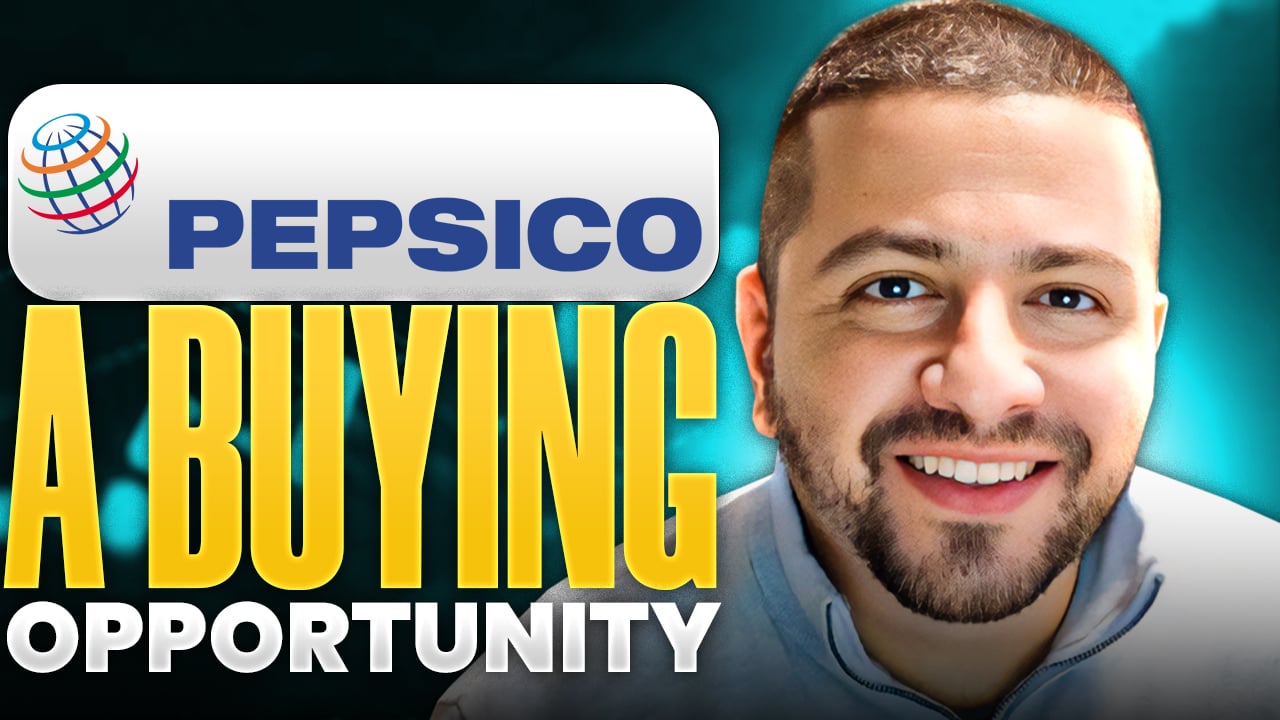A company's dividend history is important, with a long track record of payout increases showing a strong commitment to financial stability and returning capital to shareholders.
With nearly a half century of annual dividend increases behind it, drink and snack giant PepsiCo (PEP 0.81%) stands among the most reliable dividend stocks on the market. Its 2.7% yield, meanwhile, is pretty generous compared to the broader S&P 500.
But there's more to the story than this -- and despite these positives, investors should tread with caution. Here's why investors should consider passing on this iconic company.
Good at what it does
There's no question that PepsiCo has proven it knows how to sell drinks and snacks. Sure, the top and bottom lines wax and wane (the last few years show this), but in general, the company's financial results have generally trended higher over time.
Over the past decade, annualized top line growth has been in the mid-single-digit range with earnings expanding at a roughly 10% clip. This performance has supported a dividend that grew at a compound annual rate of roughly 8%.

Image source: Getty Images
Slow and steady is probably the best way to describe PepsiCo, and that's a good thing. Investors have long rewarded it for its consistency and diversification by affording it a premium valuation. That makes sense, given that it is often worth paying for quality.
But value investors should step back and remember the wise words of investing legend Benjamin Graham, the man who helped train Warren Buffett. To paraphrase: Even a great company can be a bad investment if you pay too much for it. That's the first big issue to consider here but not the only one.
A few notable negatives
PepsiCo's stock price is trading near all-time highs. In and of itself, this isn't all that important. However, when you start to look at the valuation levels that come with it, things get a little more concerning.
For example, the company's price-to-sales ratio, which looks at the top line, is around three times as of this writing. That's the highest it has been in a decade and near the high end of its historical range. Price to sales is a favorite measure of more conservative analysts, because it avoids the accounting issues that can influence earnings and, thus, affect the price-to-earnings ratio over shorter periods of time.
This is important to remember, because PepsiCo's trailing P/E ratio of around 16 looks pretty compelling, falling below its 10-year average of 21 times. Interestingly, however, its forward P/E ratio, which takes into account estimates of future earnings, is roughly 24 times. Although P/E is the go-to measure for most investors, the dichotomy here suggests that a broader examination is necessary, which is why the P/S ratio is so helpful.
It's not just the P/S and forward P/E multiples that imply a premium valuation, though. PepsiCo's price-to-book value and price-to-cash flow ratios are also elevated today.
In short, the stock isn't cheap, and based on the valuation history, actually looks fairly expensive. This alone might lead some to step aside here, but it isn't the only problem. The company's long-term debt has increased roughly 50% over the past decade and nearly 1,000% since the turn of the century. It's a growing company so increasing debt isn't shocking.
But what is troubling is that the company's debt-to-EBITDA ratio has increased from something in the 0.7 range 15 years ago to around 2.6 times today. That's a massive change, highlighting a sizable shift in the company's willingness to use leverage to support growth. That's not to suggest that PepsiCo can't handle its debt load, since it can cover interest expenses a solid eight times over. But a decade ago, it covered its interest expenses by 20 times.
It would be unfair to suggest that PepsiCo is grossly overleveraged, but it is also not the same company it was, balance sheet wise, just 10 years ago. Leverage reduces a company's ability to maneuver in bad times, and PepsiCo has clearly seen a change on this front.
Data by YCharts
Now consider that the soda and snack company's cash dividend payout ratio (which looks at dividend payments relative to free cash flow) is up at around 85%, more than double what it was in 2000.
Dividends are paid out of cash flow, not earnings, so the cash dividend payout ratio can provide a clearer picture of dividend safety. And in this case, the dividend may not be as strong as some investors think, being that the payout ratio, which compares dividends to earnings, is roughly around 45% right now (note that it was closer to 100% not too long ago, highlighting that earnings can be highly variable over short periods of time).
A long history of dividend increases is nice to see, but it doesn't say anything about the future. There are plenty of companies that steadily paid out for decades only to end up cutting their dividend. So while PepsiCo's dividend record is tough to beat, increasing leverage and tightening dividend-coverage ratios are two of the key issues to monitor when it comes to dividend cuts.
Taking it all in
PepsiCo is a well-run company with a long history of success behind it. At the right price, it would be a great addition to most portfolios.
However, the valuation today seems -- at best -- a little stretched, particularly when you consider the increase in leverage and the reduction in dividend safety. Income investors would be better off putting PepsiCo on their wishlists than adding it to their portfolios right now.







